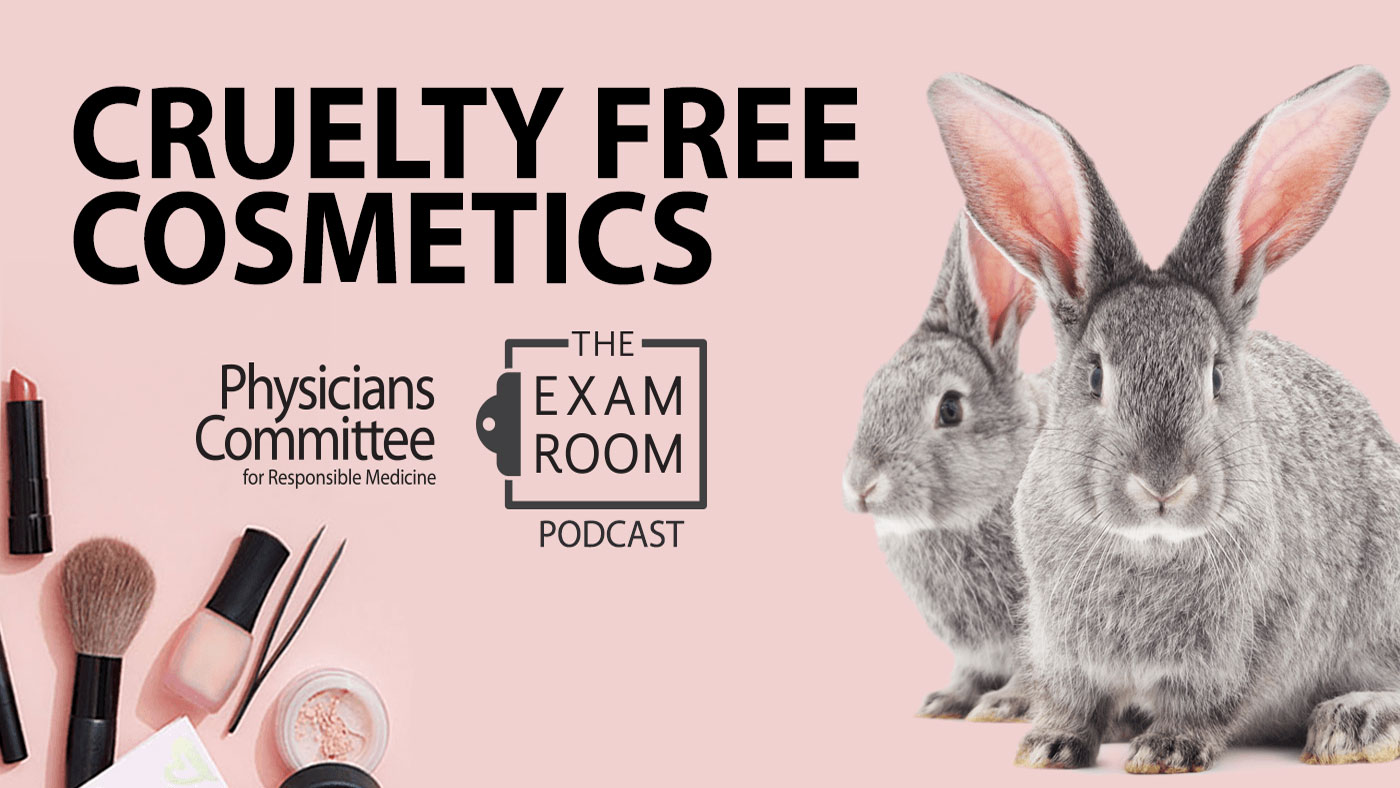In recent years, the beauty industry has undergone a profound metamorphosis, transformed by societal shifts towards more ethical consumerism. Amidst this transformation, the movement advocating for cruelty-free cosmetics has garnered significant attention. But what exactly does “cruelty-free” signify, and do Americans genuinely endorse this paradigm? Engaging with public opinion reveals a tapestry of attitudes that is as vibrant and diverse as the products within this sector.
To dissect the current sentiment, it’s essential to first define what cruelty-free cosmetics entail. These are products that have not been tested on animals, a practice that has sparked fierce debate among advocates and consumers alike. The term itself is often emblazoned on packaging, promising a commitment to ethical practices and compassionate production. However, the efficacy of these claims rests on both historical context and the motivations behind consumer choices.
The surge in interest surrounding cruelty-free cosmetics can be traced back to a growing awareness of animal welfare issues. Documentaries, viral social media campaigns, and high-profile celebrity endorsements have all played a role in surfacing the often grim realities of animal testing—an industry that has historically prioritized profit over ethics. The revelations of such practices have not only educated consumers but also created a moral imperative for many to re-evaluate their purchasing habits. This awareness is critical, as it lays the groundwork for understanding the public’s evolving perspective on beauty products.
Recent surveys indicate that a remarkable percentage of Americans now consider animal welfare when shopping for cosmetics. Statistics reveal that over half of consumers express a strong preference for products certified as cruelty-free. This significant shift in consumer behavior may be attributed to several factors, including the rise of social media and the democratization of information. As consumers gain access to resources that delineate which brands test on animals, they are more informed than ever before—empowered to make choices that reflect their ethical standpoint.
Moreover, the younger generations, notably Millennials and Generation Z, are at the forefront of this movement. These demographics are not only digitally savvy but also inclined toward a holistic lifestyle, intertwining ethics with beauty. Purchasing cruelty-free cosmetics aligns seamlessly with their values of sustainability and ethical consumption. Brands that fail to recognize this trend may find themselves at a distinct disadvantage—potentially alienating a large segment of the market that prioritizes compassion and ethical practices.
However, for every step forward, there are complexities that warrant examination. The term “cruelty-free” can sometimes be ambiguous, leading to confusion among consumers. Not all brands that claim to be cruelty-free adhere to the same standards; some may exploit loopholes or rely on ambiguous definitions. Consequently, consumers must arm themselves with knowledge, verifying certifications and understanding the true implications of cruelty-free claims. This is where advocacy organizations play a pivotal role, ensuring that transparent guidelines are upheld within the industry.
Furthermore, while the cruelty-free movement enjoys substantial support, it faces considerable challenges. The beauty industry remains multifaceted, with many brands still engaged in animal testing due to governmental regulations, especially in markets like China where such practices are mandated for imported cosmetics. This creates a paradox: while American consumers may demand cruelty-free products, certain brands might find it impossible to fully embody that ethos on a global scale. Thus, the plight of the animals caught in this crossfire continues to be a haunting reality.
Despite these challenges, there is a pronounced optimism within the community advocating for cruelty-free cosmetics. The collective consciousness surrounding animal rights and ethical beauty is gradually solidifying, exerting pressure on corporations to adapt. This is evident in the increasing number of brands that are reformulating their practices, opting to eliminate animal testing entirely. Significantly, major beauty retailers are now offering extensive selections of cruelty-free products, a testament to the demand that consumers have asserted. This market shift suggests resilience and a willingness to innovate in pursuit of compassionate beauty.
Importantly, the conversation surrounding cruelty-free cosmetics extends beyond mere consumer choices; it is emblematic of a broader desire for accountability across industries. As public opinion evolves, it becomes clear that Americans are increasingly wary of the ethical implications of their purchases. The question remains: will corporations genuinely commit to sustainable and humane practices, or will they merely adopt superficial measures to appease a burgeoning demographic?
In synthesizing the opinions and trends observed, it becomes apparent that the desire for cruelty-free cosmetics is not merely a fleeting fad but a significant movement advocating for systemic change within the beauty industry. This is a call for brands to elevate their ethical standards and for consumers to remain vigilant. Public opinion indicates that Americans are taking a stand against animal cruelty; the challenge lies in sustaining that momentum. By continuing to advocate for transparency, education, and ethical practices, society can move closer to a world where beauty does not come at a cost to innocent lives.
In conclusion, as the conversation around cruelty-free cosmetics evolves, it promises to engender a deeper understanding of our collective responsibility towards the creatures with whom we share this planet. With curiosity piqued and perspectives shifting, the beauty industry stands at a crossroads—one that could very well define its ethical legacy for generations to come.






